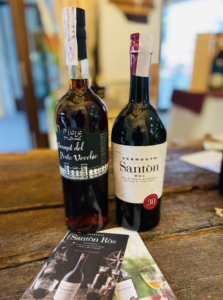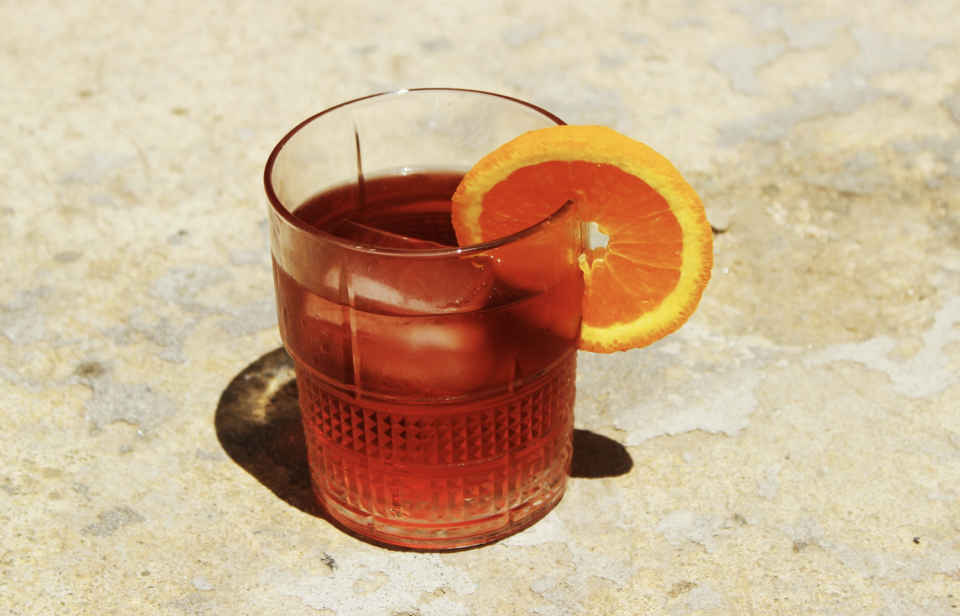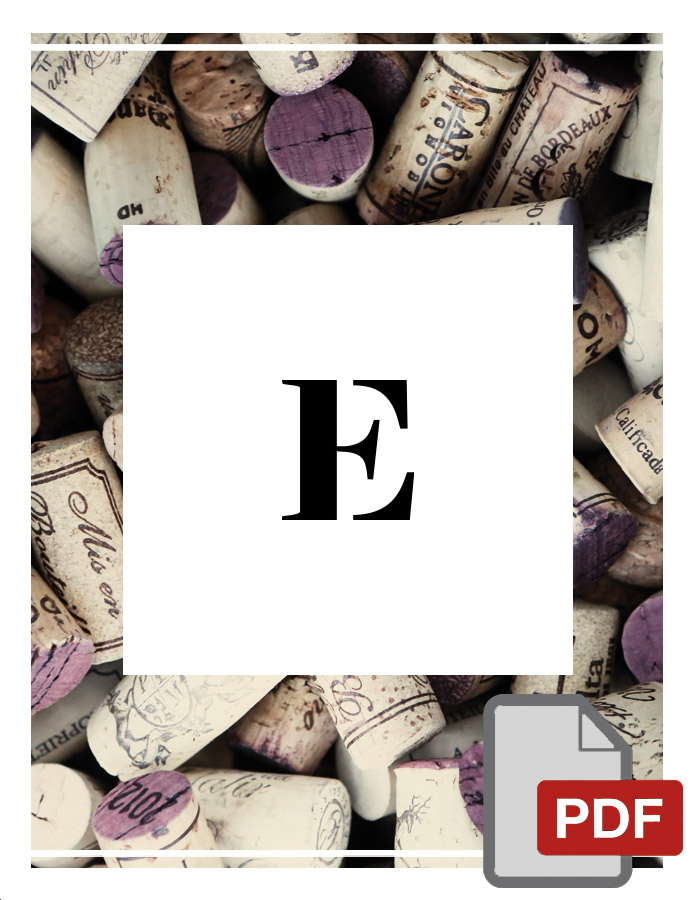Learning about wine
The Vermouth
A bit of history
In the Piedmontese capital, this flavored wine, accompanied by aperitif dishes, was the protagonist in elegant cafés and in liquor dealers’ shops, but also in homes where the habit of “vermuttino” before dinner was widespread.
Status Symbol
The Vermouth today
After a period of decline, Vermouth has made a comeback in recent years; in Italy, each region boasts small producers who create them with the wines and botanicals of the area. Piedmont obtained the GI; the wine, protected by the Consortium founded in 2019, boasts 23 producers.

Even in Friuli, there are some realities. We suggest those of Piolo and Max, owners of the Piccola Bottega Spiritosa; Piolo and Max wanted to pay homage to the history of the Porto Vecchio in Trieste, for decades homed famous cellars producing flavored wines well-known all over the world, but also to master winemakers who expertly prepared the wine and who for years passed on their art and passion. Vermouth del Porto Vecchio is produced only with selected Italian wines.
The Bianco with Pinot Bianco, Friulano, and Malvasia Istriana grapes with botanicals made up of artemisia and common spontaneous herbs and
the Rosso with unfiltered Pignolo grapes and old vintages of wine from the Gortmarin-owned vineyard, infused with 30 different herbs divided into officinal, spontaneous, and aromatic spices.
How to taste them
They’re great when mixed, but I love them straight with orange zest and a few ice cubes, as an aperitif or at the end of a meal.
Let me know your impressions.
Ciao
Elisa





